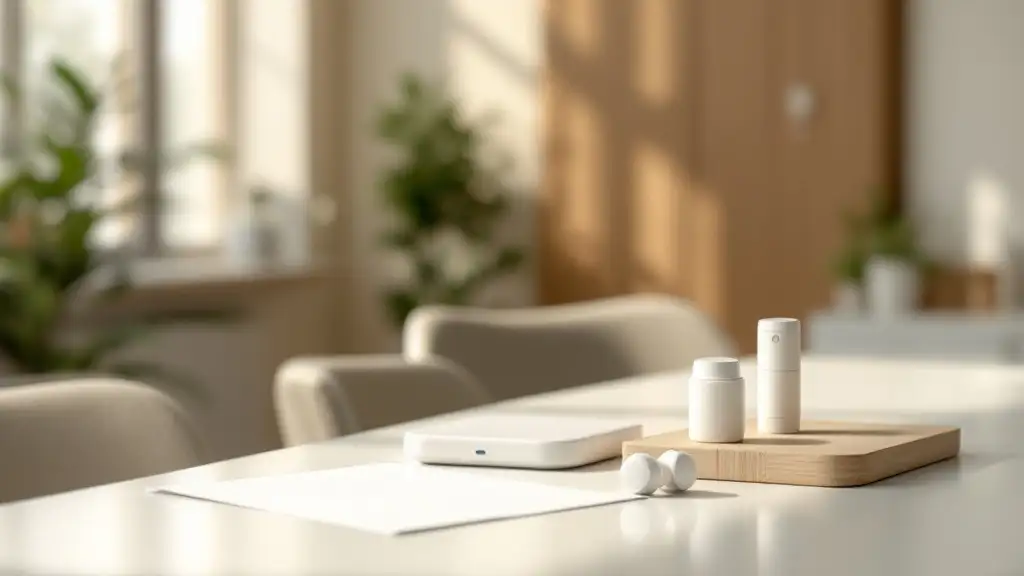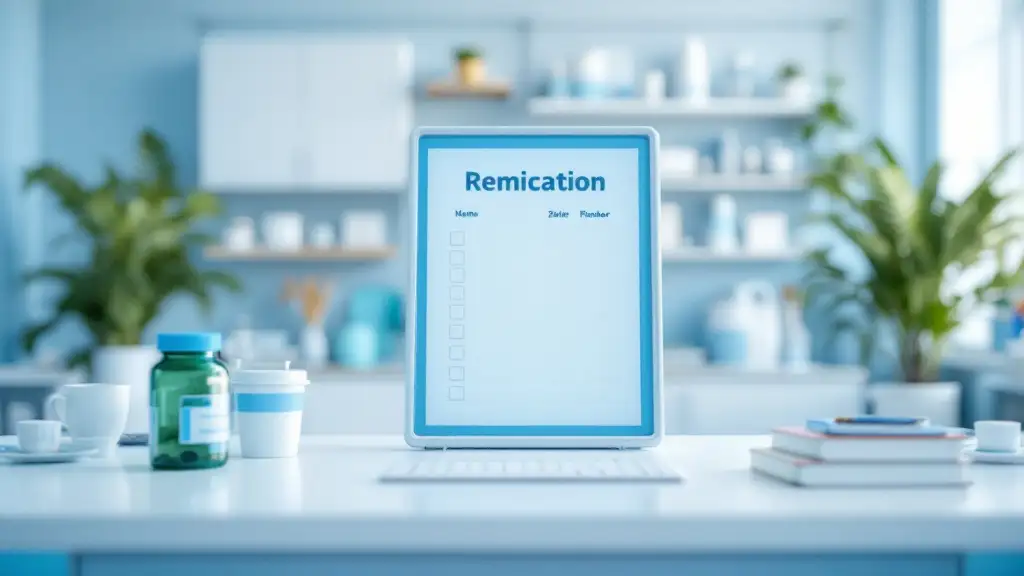Understanding the Role of Therapy in Mitigating Divorce Stress in Children and Adolescents
Divorce is a life-altering event that can evoke a spectrum of emotional and behavioral responses in children and teens. Proper therapeutic intervention can serve as a vital support system, helping young individuals navigate their feelings, build resilience, and adjust to family changes healthily. This article explores the effectiveness of various therapy options, support strategies for parents, and the importance of tailored therapeutic approaches in addressing youth stress related to divorce.
Effective Therapy Options for Children Coping with Divorce

What are effective therapy options for children coping with divorce?
Children experiencing parental divorce often face a complex array of emotions such as sadness, confusion, anger, and anxiety. Professional therapy can play a vital role in helping them process these feelings and develop healthy coping strategies.
One widely used approach is play therapy. This form of therapy provides children with a safe and supportive environment where they can express their feelings through play, which is especially helpful when they find it difficult to communicate verbally. Play therapists use techniques like puppet-making, role-playing, and interactive games to help children process emotions and gain insight into their family dynamics.
Art therapy is another effective option, particularly suited for younger children. It allows children to work through trauma, grief, and anxiety by engaging in activities such as drawing, painting, and sculpting. These creative outlets enable children to externalize their feelings, making abstract emotions more tangible and understandable.
Cognitive Behavioral Therapy (CBT) is highly beneficial for older children and adolescents. It focuses on helping children recognize and change negative thought patterns, which can impact their mood and behavior. CBT teaches coping skills, emotional regulation, and problem-solving techniques that empower children to navigate the stressors of divorce more effectively.
Family therapy complements individual approaches by fostering improved communication between family members. It helps address conflicts, enhances emotional regulation skills, and promotes a supportive home environment.
In summary, effective therapy options for children coping with divorce include a combination of play therapy, art therapy, CBT, and family therapy. Tailoring these approaches to each child's unique needs can facilitate emotional healing and resilience, supporting healthier adjustment during and after family transitions.
| Therapy Type | Primary Focus | Suitable Age Range | Benefits | Additional Techniques |
|---|---|---|---|---|
| Play Therapy | Emotional expression through play | Preschool to early elementary | Process feelings, reduce anxiety | Puppet play, role-playing, storytelling |
| Art Therapy | Creative expression of trauma | Young children to early teens | Externalize feelings, reduce grief | Drawing, sculpting, painting |
| Cognitive Behavioral Therapy (CBT) | Thought and behavior modification | Older children and teens | Develop coping skills, manage negative thoughts | Journaling, mindfulness, cognitive restructuring |
| Family Therapy | Improve communication and relationships | All ages | Address conflicts, promote understanding | Family sessions, conflict resolution strategies |
The integration of these therapies, tailored to the child's developmental level and emotional needs, offers a comprehensive support system that promotes resilience and healthier adjustment through divorce.
More info search query: Types of child therapy for divorce coping.
Support Strategies for Parents During Divorce
What support strategies can help parents guide children through divorce?
Parents play a crucial role in helping children navigate the emotional and practical challenges of divorce. One of the most effective approaches is establishing consistent routines and clear rules across both households. This consistency provides children with a sense of stability and security amid significant changes.
Maintaining open, honest, and age-appropriate communication is equally important. Explaining the situation in a way that children can understand helps reduce confusion and anxiety. Reassuring children of their parents' love and commitment is vital, no matter the family circumstances.
It's essential for parents to manage their own emotions and avoid speaking negatively about each other in front of children. Keeping conflicts private and minimizing tensions during interactions with children helps prevent additional emotional stress.
Encouraging children to express their feelings openly and validating their emotions fosters healthy emotional processing. Listening patiently and providing reassurance allows children to feel supported.
Furthermore, seeking professional support, such as counseling or family therapy, can help both parents and children cope with complex emotions. Therapists can provide strategies to improve communication, manage conflict, and build resilience during this challenging transition.
Overall, consistent routines, respectful communication, emotional validation, and professional guidance form the backbone of supportive parenting through divorce, helping children adjust more smoothly and maintain healthy emotional health.
Types of Therapeutic Approaches Used in Divorce Support
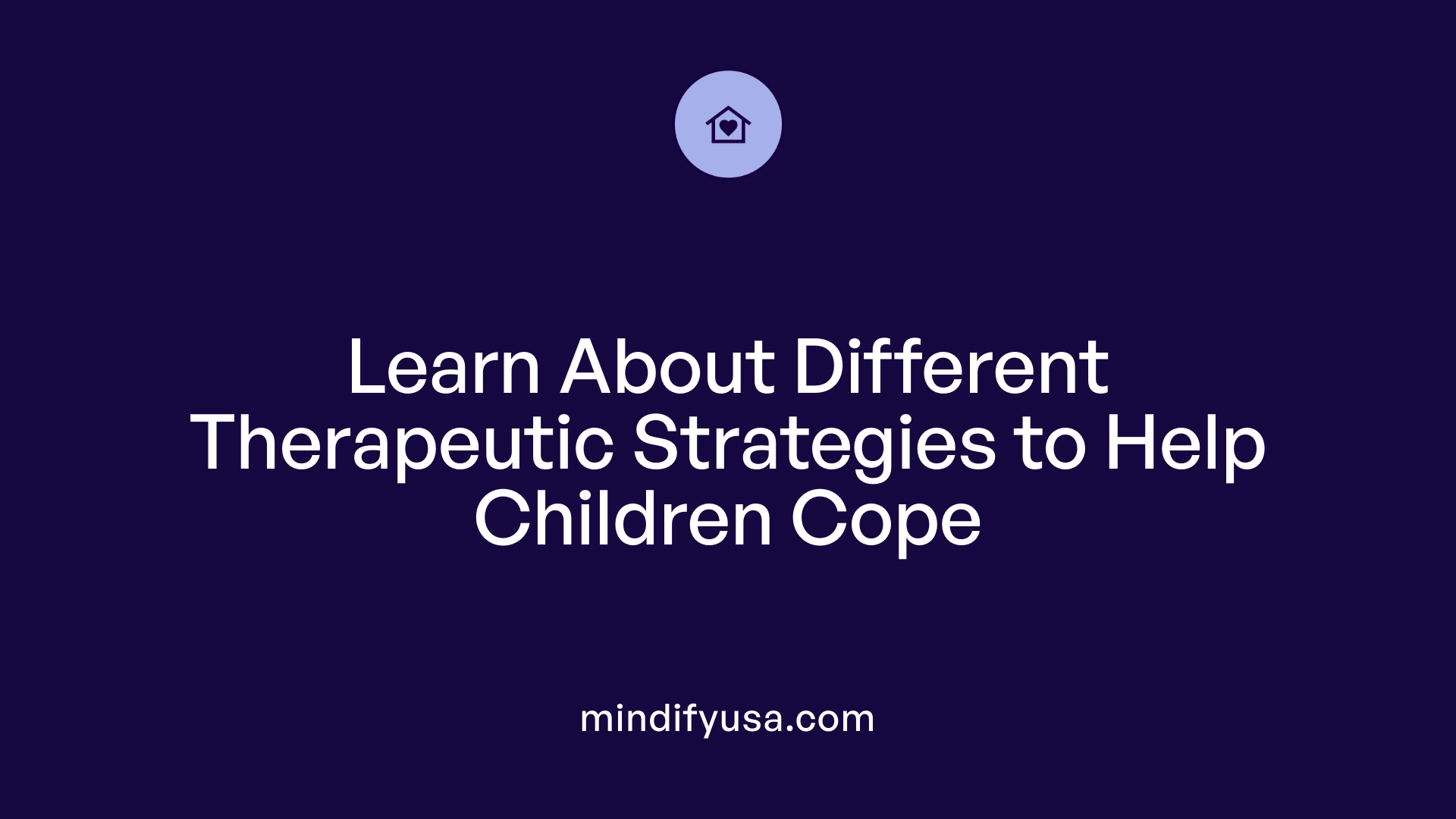
What types of therapy are available for children coping with divorce?
Children facing the emotional challenges of divorce have access to a variety of therapeutic options designed to support their mental health and emotional well-being. These include well-established approaches like Cognitive Behavioral Therapy (CBT), Play Therapy, Art Therapy, and Family Therapy.
Cognitive Behavioral Therapy (CBT) helps children understand and control how their thoughts influence their feelings and behaviors. It is particularly effective in managing anxiety, depression, and behavioral issues associated with family changes. Play Therapy and Art Therapy give children a safe and creative outlet to express feelings they might find difficult to articulate verbally. Through play, children can process complex emotions, build coping skills, and work through their experiences indirectly.
Family Therapy is another essential approach that aims to improve communication between parents and children, foster understanding, and help develop healthy family dynamics amid ongoing change. It emphasizes strengthening relationships and resolving conflicts.
In addition to these, Trauma-Focused Cognitive Behavioral Therapy (TF-CBT) is tailored to help children recover from trauma related to divorce, such as feelings of abandonment or loss. Narrative Therapy allows children to tell their story in a way that promotes resilience and understanding.
Beyond individual therapies, group formats and community programs play an important role. Peer support groups in schools and community centers provide a space for children to share experiences, learn from others facing similar situations, and develop practical coping strategies.
Overall, therapy for children coping with divorce is designed to validate their feelings, teach skills for emotional regulation, and promote healing—laying the foundation for healthier future relationships and well-being.
Impact of Divorce on Children's Emotional and Behavioral Health
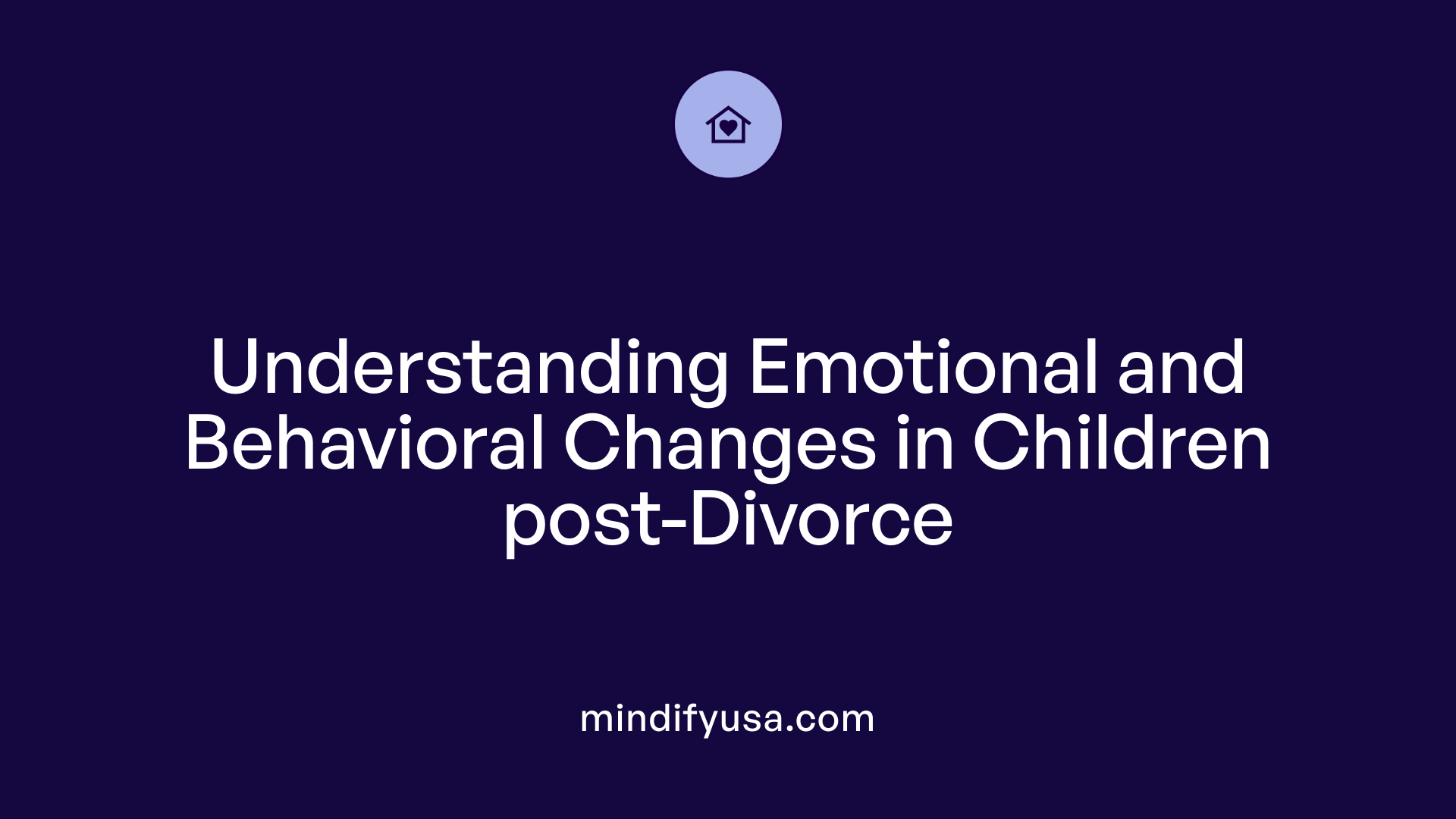
How does divorce impact the emotional and behavioral health of children and adolescents?
Divorce can profoundly influence the emotional and behavioral well-being of children and teenagers. It often leads to increased feelings of anxiety, depression, and trauma symptoms. Children may experience a range of intense emotions such as sadness, anger, guilt, and confusion, which can sometimes escalate into more serious emotional struggles.
In terms of behavior, children commonly face adjustment difficulties. These include conduct problems, such as defiance or aggression, decline in academic performance, and risky behaviors like experimenting with substances. Some children may withdraw socially, shy away from peer interactions, or show signs of emotional numbness. Girls tend to be more visibly affected emotionally than boys, often demonstrating heightened sadness or anxiety.
High parental conflict during and after divorce can intensify these issues. If conflicts are not managed properly, children may face more significant challenges, including ongoing behavioral issues and emotional distress. Support from positive parenting practices and professional counseling can help children develop healthier coping mechanisms.
Research indicates that although the initial impact of divorce is often distressing, with proper emotional support and structured therapy, children’s adjustment can improve over time. The experience can influence their long-term mental health, making early intervention and consistent emotional nurturing crucial.
Overall, understanding these emotional and behavioral changes highlights the importance of a supportive environment that fosters resilience and healthy development during challenging family transitions.
The Benefits of Therapy in Supporting Youth Development Post-Divorce
Is therapy beneficial for children experiencing stress due to divorce?
Yes, therapy can be highly advantageous for children dealing with the emotional upheaval of divorce. It creates a secure and nurturing space where children can openly express their feelings, whether it's sadness, anger, or confusion. Through methods like play therapy, children learn to process their emotions healthily, which can prevent behavioral issues and promote resilience.
Therapists work to help children develop coping strategies, normalizing their feelings and reinforcing routines that foster stability. By addressing their fears, anxieties, and feelings of guilt, therapy supports children in understanding that their emotions are valid and manageable.
Parents can also benefit from guidance on how to communicate honestly and age-appropriately with their children, further strengthening the child's emotional well-being. Resources such as children’s books about divorce and activities like drawing or writing can supplement therapy sessions.
In summary, pediatric therapy tailored to a child's developmental needs significantly alleviates the stress associated with divorce, helping children navigate their new family dynamics with confidence and emotional strength.
Implementing Therapeutic Interventions: Practical Activities and Resources
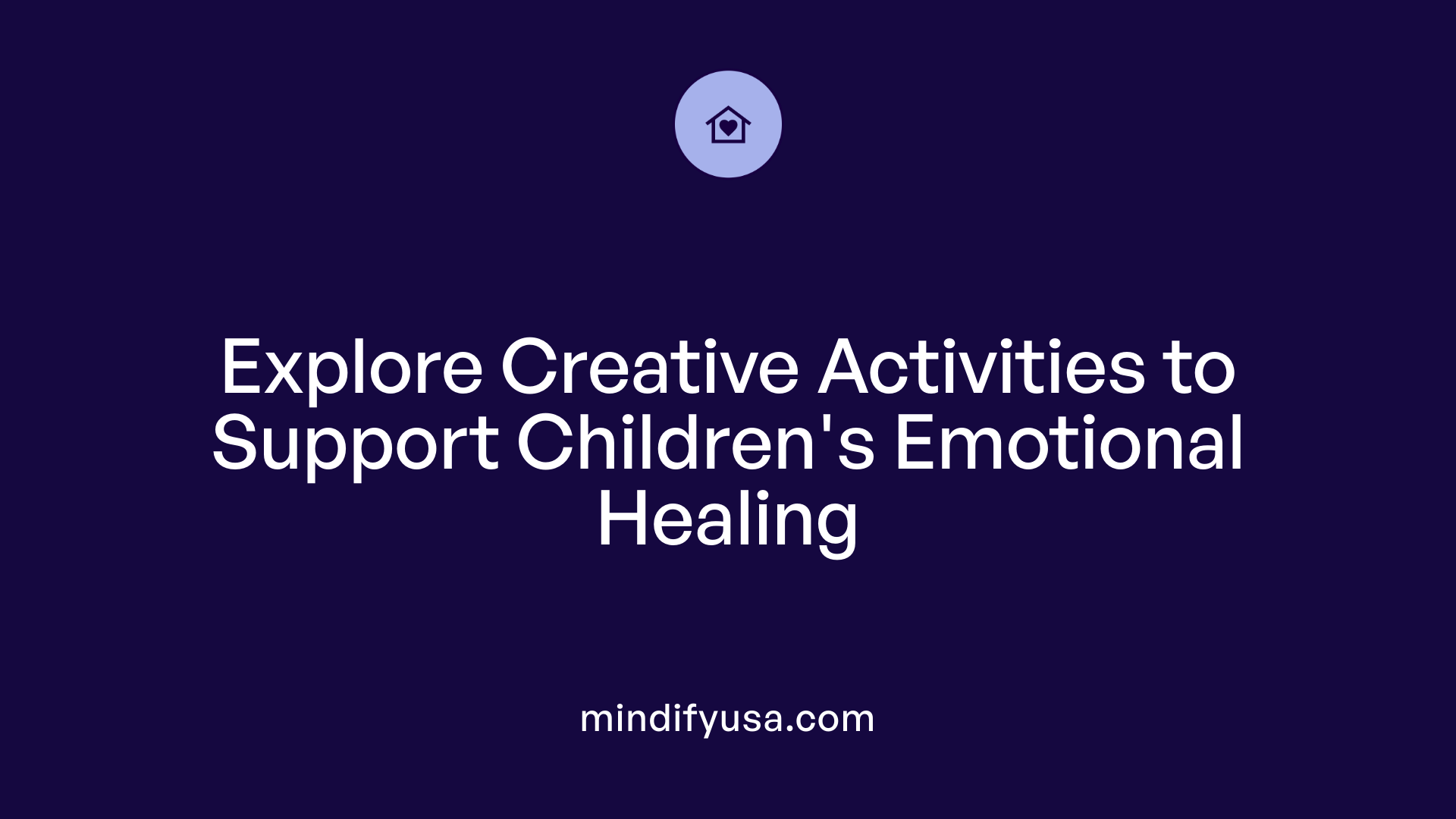
Drawing, journaling, and creative expression activities
Encouraging children to express their feelings through art helps them process complex emotions related to divorce. Drawing pictures, creating stories, or illustrating their thoughts can provide insights into their emotional state. Journaling, writing letters, or making a 'jar of feelings' allows children to articulate worries and hopes, fostering self-awareness and healing.
Physical activities for parent-child bonding
Engaging in outdoor activities like biking, hiking, flying kites, or playing games can strengthen bonds and reduce tension. Physical activities such as swimming or rollerblading promote confidence and relaxation, helping children feel supported and safe during turbulent times.
Creating timelines and memory books
Building a personal history timeline or memory book helps children grasp their past experiences, including their parents' separation, while highlighting positive moments. These activities encourage reflection and reassurance about future stability, fostering a sense of continuity and hope.
Use of worksheets such as grief and coping strategy exercises
Structured worksheets like the 'Grieving After a Divorce' or 'Facing the Fear of Divorce' help children and teens identify feelings and develop coping strategies. These tools guide them through understanding their emotions, managing stress, and planning for the future, making therapy more effective.
These engaging and supportive activities, supported by research, can significantly aid children and families in navigating the emotional landscape of divorce, promoting healing and resilience.
Building a Supportive Environment for Children and Teens

Managing conflict and fostering positive relationships
Minimizing parental conflict is crucial for children’s well-being after divorce. Ongoing hostility or disagreements can increase anxiety and behavioral issues. Structured parenting plans and mediator involvement can help manage conflicts, ensuring children experience a respectful and supportive atmosphere.
Creating a stable and nurturing environment
Children thrive in consistent routines and familiar surroundings. Maintaining regular schedules, incorporating personal items from both parents, and creating simple communication tools like contact cards can assure children of stability. Engaging in activities like drawing or storytelling about family history also helps children feel secure.
Encouraging open communication and emotional expression
Open talks tailored to children’s development help them process complex feelings. Asking questions about their worries or feelings encourages honesty. Activities such as writing letters or expressing emotions through arts provide safe outlets, reducing feelings of confusion or guilt.
Utilizing community and online resources
Supporting children through divorce can be complemented by professional programs offered by organizations like the Adolescent Wellness Academy or platforms such as BetterHelp. Online therapy provides accessible, effective support, helping children and teens develop resilience, cope with emotional distress, and build healthy future relationships.
| Strategies | Activities | Benefits |
|---|---|---|
| Conflict Management | Mediation, structured parenting | Reduces stress, promotes respectful relationships |
| Routine & Stability | Regular schedules, familiar belongings | Builds security and consistency |
| Emotional Expression | Art, stories, letters | Facilitates understanding and healing |
| Professional Support | Therapy, support groups | Provides expert emotional guidance |
Fostering Healing and Resilience in Young Hearts
Divorce presents profound challenges for children and adolescents, but with the right therapeutic support, parent guidance, and community resources, young individuals can develop resilience and emotional stability. Therapeutic interventions tailored to their age and needs—ranging from play therapy to family counseling—play a pivotal role in promoting healthy adjustment. Equipping children with coping skills, encouraging open communication, and maintaining stability can mitigate long-term adverse effects. Ultimately, a collaborative approach involving mental health professionals, parents, and community support creates a nurturing environment where young people can heal, grow, and look forward to a hopeful future.
References
- Helping Children Cope With Divorce | Fact Sheet - ABCT
- Counseling for Teens After Divorce: Supporting Their Emotional ...
- Children's Divorce Counseling & Coping Skills - BetterHelp
- Counseling Families to Facilitate a Healthier Divorce - NBCC
- 5 Effects of Divorce on Teens and How to Help
- Divorce-Related Mental Health Issues in Teens - Paradigm Treatment
- Divorce Counseling for Kids—Child Therapy at TherapyLand

















































